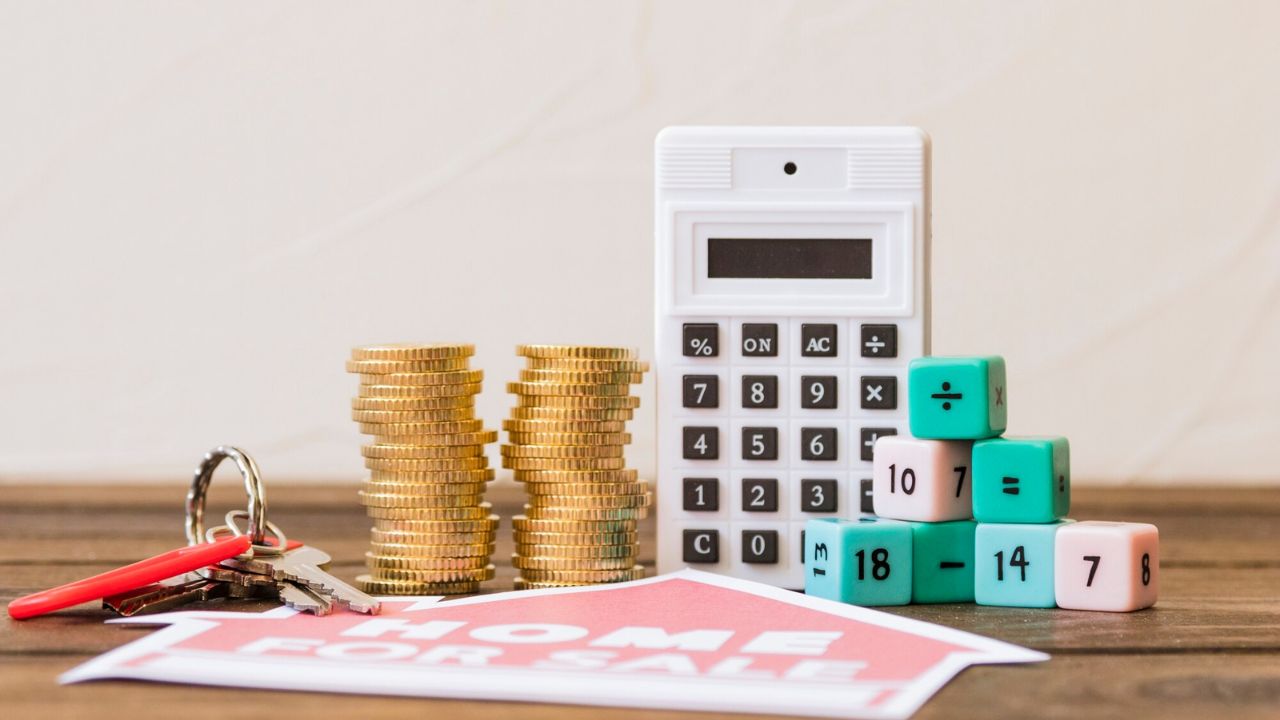Managing personal finances effectively is crucial, and the right budgeting app can make this task more manageable. Here are some of the top budgeting apps in 2025:
1. YNAB (You Need a Budget)
Overview: YNAB employs a zero-based budgeting system, encouraging users to assign every dollar a specific purpose. This proactive approach helps in planning future expenses rather than just tracking past ones.
Key Features:
- Real-time expense tracking
- Goal-setting tools
- Educational resources to improve financial literacy
Cost: $14.99 per month or $109 per year, with a 34-day free trial available.
Platform Availability: Available on iOS, Android, and web platforms.
User Ratings:
- App Store: 4.8
- Google Play: 4.7
Source: NerdWallet
2. Goodbudget
Overview: Based on the envelope budgeting method, Goodbudget allows users to allocate portions of their income to specific spending categories, promoting disciplined spending.
Key Features:
- Manual transaction entry
- Envelope system for budgeting
- Syncs across multiple devices for shared budgeting
Cost: Free version available; Goodbudget Plus at $8 per month or $70 per year.
Platform Availability: Available on iOS, Android, and web platforms.
User Ratings:
- App Store: 4.6
- Google Play: 3.7
Source: NerdWallet
3. EveryDollar
Overview: EveryDollar offers a straightforward zero-based budgeting framework, allowing users to plan their expenses and track spending throughout the month.
Key Features:
- User-friendly interface
- Customizable expense categories
- Bill payment reminders
Cost: Free version available; premium version with additional features at $9.99 per month or $99 per year.
Platform Availability: Available on iOS, Android, and web platforms.
User Ratings:
- App Store: 4.8
- Google Play: 4.7
Source: NerdWallet
4. PocketGuard
Overview: PocketGuard provides a simplified budgeting snapshot, showing users how much disposable income they have after accounting for bills and necessities.
Key Features:
- Automatic expense categorization
- “In My Pocket” feature displays available funds
- Bill tracking and reminders
Cost: Free version available; PocketGuard Plus at $7.99 per month or $79.99 per year.
Platform Availability: Available on iOS and Android platforms.
User Ratings:
- App Store: 4.7
- Google Play: 4.5
Source: NerdWallet
5. Honeydue
Overview: Designed for couples, Honeydue allows partners to manage joint and individual finances collaboratively, enhancing transparency and communication.
Key Features:
- Shared expense tracking
- Bill reminders
- Customizable expense categories
Cost: Free to use.
Platform Availability: Available on iOS and Android platforms.
User Ratings:
- App Store: 4.5
- Google Play: 4.3
Source: NerdWallet
FAQs
1. Are these budgeting apps secure?
Yes, reputable budgeting apps implement robust security measures, including data encryption and secure connections, to protect users’ financial information. It’s essential to choose apps from trusted developers and regularly update them to the latest versions.
2. Do I need to link my bank accounts to use these apps?
While many budgeting apps offer the option to link bank accounts for automatic transaction tracking, several apps, such as Goodbudget and EveryDollar, allow users to manually input transactions if they prefer not to connect their accounts.
3. Are there free versions available for these apps?
Yes, many of these apps offer free versions with basic features. For instance, Goodbudget and EveryDollar provide free tiers, while apps like YNAB offer free trial periods before requiring a subscription.
4. Can these apps help with debt management?
Yes, several budgeting apps include features to assist with debt management. For example, YNAB emphasizes proactive budgeting, which can help users allocate funds toward debt repayment effectively.
5. How do I choose the best budgeting app for my needs?
Consider factors such as your budgeting style (e.g., zero-based vs. envelope budgeting), desired features (e.g., automatic transaction syncing vs. manual entry), platform compatibility, and whether you prefer a free or paid app. It’s often helpful to try out a few apps to see which interface and features align best with your financial goals.

